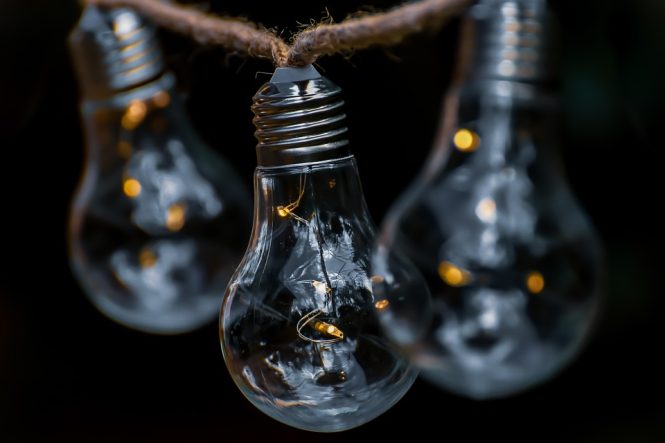
Using Lighting as a Decorative Element: Transforming Your Space with Style and Function
Lighting is often viewed as a necessary aspect of interior design, providing the essential illumination needed to navigate and function within a space. However, lighting can be so much more than just a practical consideration – it can also be a powerful decorative element that enhances the aesthetic and ambiance of a room. In this article, we’ll explore the ways in which lighting can be used to transform your space, and provide tips and ideas for incorporating lighting as a decorative element into your home or office design.
Setting the Mood with Lighting
Lighting can have a profound impact on the mood and atmosphere of a space. Different types of lighting can create different emotions and reactions, from the warm and cozy glow of a table lamp to the bright and energizing beam of a overhead light. By carefully selecting and placing lighting fixtures, you can create a specific ambiance or mood in a room, whether it’s relaxation, energy, or sophistication.
For example, a dimly lit room with warm, golden lighting can create a sense of intimacy and coziness, perfect for a living room or bedroom. On the other hand, a brightly lit space with cool, blue-toned lighting can create a sense of energy and vitality, ideal for a home office or gym.
Types of Lighting
There are several types of lighting that can be used as decorative elements, each with its own unique characteristics and effects. Some of the most common types of lighting include:
- Table lamps: These are versatile and can be used to add a touch of elegance and sophistication to a room. They can be placed on a side table, console table, or desk, and can provide task lighting for reading or working.
- Floor lamps: These are tall, standing lamps that can provide ambient lighting for a room. They can be used to create a sense of drama and height, and can be placed in a corner or against a wall.
- String lights: These are a popular choice for outdoor spaces, but can also be used indoors to create a warm and cozy ambiance. They can be hung from a ceiling or wrapped around a staircase or room divider.
- Candles: These are a classic choice for creating a warm and inviting ambiance. They can be placed on a table, mantel, or floor, and can provide a soft, warm glow.
- LED lights: These are energy-efficient and can be used to create a variety of effects, from a subtle glow to a vibrant, colorful display. They can be used to accent a room’s architecture, highlight a specific feature, or create a sense of drama and excitement.
Using Lighting to Create Visual Interest
Lighting can be used to create visual interest in a room by highlighting specific features or creating a sense of contrast. For example, a well-placed lamp or sconce can draw attention to a piece of artwork or a decorative object, while a string of fairy lights can add a whimsical touch to a room.
Additionally, lighting can be used to create a sense of depth and dimension in a room. By layering different types of lighting, such as overhead lighting, table lamps, and floor lamps, you can create a sense of depth and visual interest.
Tips for Using Lighting as a Decorative Element
Here are a few tips for using lighting as a decorative element in your home or office:
- Mix and match: Combine different types of lighting to create a unique and interesting look. For example, pair a table lamp with a floor lamp and some string lights to create a layered, dimensional look.
- Consider the color temperature: Warm, golden lighting can create a cozy and inviting ambiance, while cool, blue-toned lighting can create a sense of energy and vitality.
- Play with texture: Mix different textures, such as metal, glass, and wood, to add depth and visual interest to a room.
- Don’t forget about scale: Make sure that your lighting fixtures are proportional to the size of the room and the furniture. A large lamp in a small room can overwhelm the space, while a small lamp in a large room can get lost.
- Experiment with placement: Don’t be afraid to try out different placements for your lighting fixtures. You might be surprised at how a simple change in placement can transform the look and feel of a room.
Conclusion
Lighting is a powerful decorative element that can transform the look and feel of a room. By carefully selecting and placing lighting fixtures, you can create a specific ambiance or mood, add visual interest, and enhance the overall aesthetic of a space. Whether you’re looking to create a cozy and inviting atmosphere or a bright and energetic one, lighting can be a valuable tool in your design arsenal. So don’t be afraid to experiment with different types of lighting, and see how you can use lighting to transform your space into a beautiful and functional work of art.